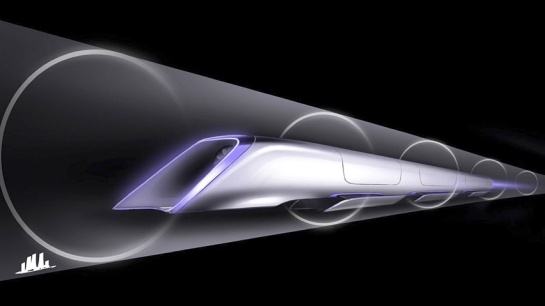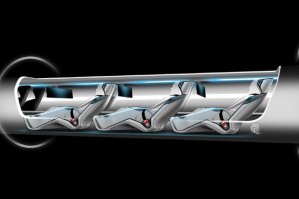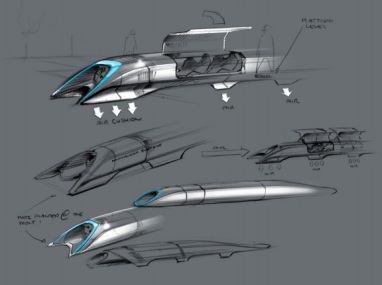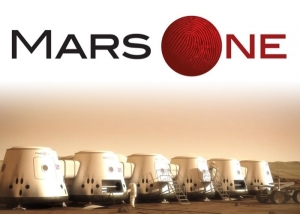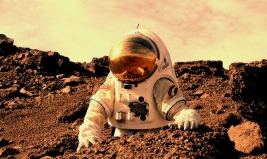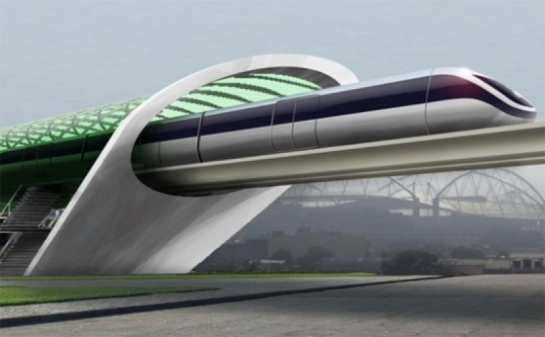
Elon Musk is trying to revolutionize large and small scale manufacturing and design through cutting edge hand gesture and 3D printing technologies.
I believe we’re on the verge of a major breakthrough in design and manufacturing… in being able to take the concept of something from your mind, and translate that into a 3D object really intuitively on the computer.
Musk and SpaceX are partnering with companies like Leap Motion for hand gesture technology that may one day even be used with Oculus Rift virtual reality systems to develop realistic 3D virtual models.
to develop realistic 3D virtual models.
3D printing has gained popularity recently as the cost and time saving potential is being realized by individuals and companies alike.
Musk is joining the likes of NASA in utilizing 3D printing technology and reaping the benefits. NASA who has been printing rocket engines cheaper and faster than ever is among the technology’s biggest proponents.
Let’s hope this trend continues to push the technology to new heights and the cost to new lows.
Related articles
- Elon Musk Reveals Gesture-Controlled CAD Software and 3D-Printed Rocket Parts – (autoconception.com)
- The Potential of 3D Printing – (wonderfanatic.wordpress.com)

